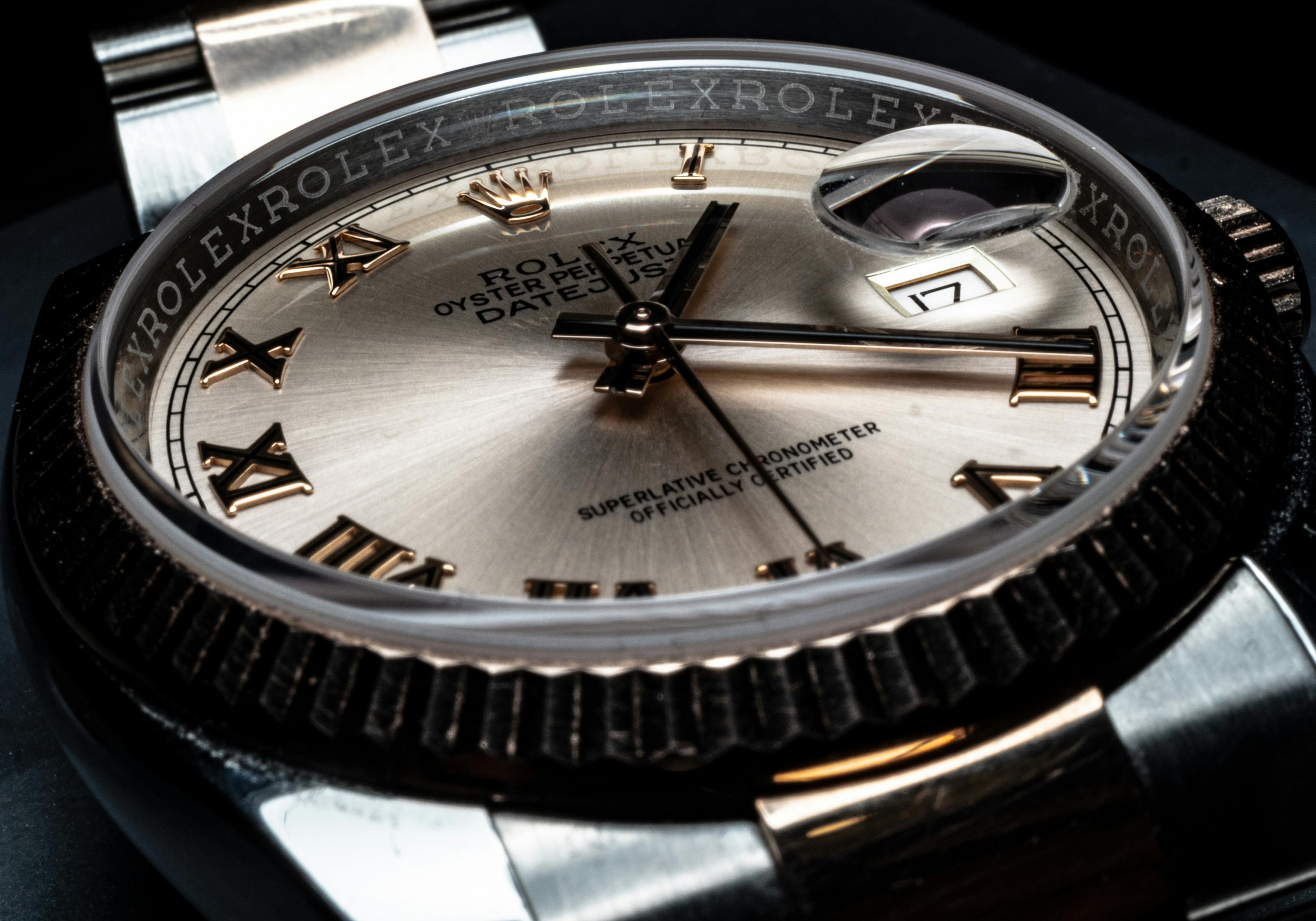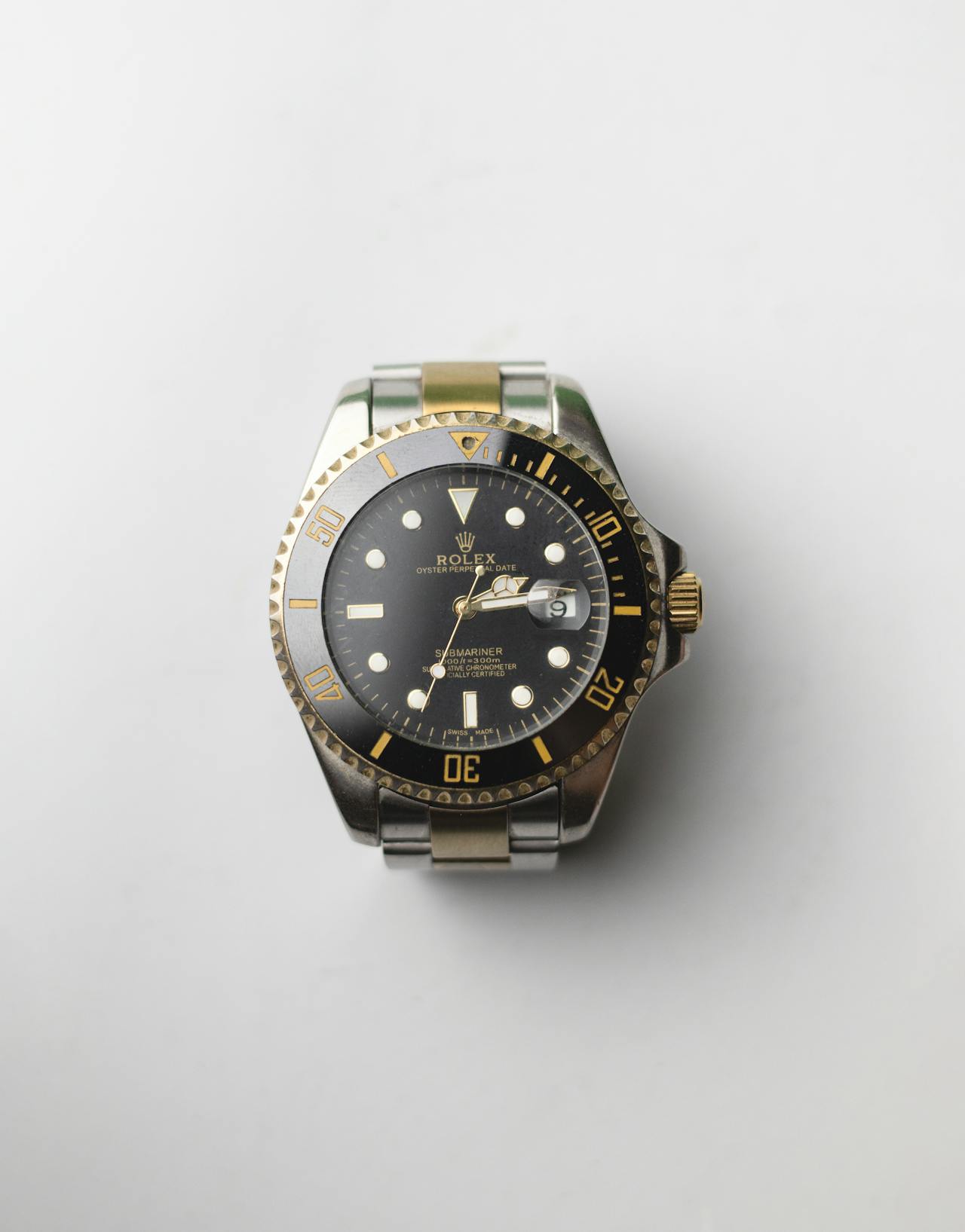The Rolex datejust is perhaps the most sold Rolex Model of all time. On the secondary market we see a pretty large deviation in pricing across many 80's and 90's reference numbers. Why is this? What variables carry the most weight when pricing these older pieces? Let's explore the following reference numbers for Ladies(69173, 69174, 79173, 79174) and for Mens(16233, 16234)
Original Papers and/or Box
These Rolex's were mostly produced from 1984(Ladies) and 1988(Mens) to about 2005. Many of these pieces have been moved from dealer to dealer many times and therefore finding a piece with it's original papers becomes increasingly difficult.
For instance, if a dealer buys a package of 100 Datejusts, it is likely that no more 10-15 will have original papers. Therefore, the papers alone can increase the value on average by 10-20%.
Band Condition
When discussing band condition for these older models, We will be discussing the Jubilee band. The condition of the Jubilee band on these models is perhaps the largest factor in pricing. This is mostly due to the scarcity of bands in great condition, specifically, that have not been fixed.
Continuing with the dealer analogy, if a dealer buys a package of 100 Datejust's, 1-5 will have a Jubilee Band in A to A+ condition. Because of this extreme rarity, purchasing a Datejust with a band in this condition is very costly. Conservatively the variance between a C-/D quality Band compared to an A/A+ band is between 30-40% of the total value of the watch.
Hole/No Hole
When Rolex Dealers use the term Hole and No-Hole, this is in reference to the lugs of the case. Specifically, where the spring bar from the band connects to the lugs. Most Datejusts from 1995 onwards(some 1994), will have no visible outside holes to release the spring-bar. Instead, access is on the bottom of the lugs. This can often account for a couple hundred dollars in the value of the watch.
Dial Color/type
Dial colors can vastly affect the price of the watch. Typically, the cheapest dial color will be a plain champagne for a Two-tone Datejust and a Silver Dial for a Stainless Steel Datejust. Diamond dials will almost always cost more.
Rare colors like blue, black, vignette might leads to shocking price increase due to the limited production.
Back in the days, if Rolex were to produce one million pieces of Datejust, 80% of them will be in "common" colors like champagne, silver. Only 10-15% of them will be made in rare colors like blue or black.
Leaving the remaining 5% to be exotic like marble, oynx and more to explore!
Putting it together
These variables rarely act independently. These variables can also compound on each other. For example, the chances of finding an original Blue Vignette Diamond Dial on an A+ band with original papers is extremely rare, therefore this combination will demand an extreme surplus in costing.
This article's purpose is to add clarity and transparency to an otherwise complex and highly-dynamic market. Please let us know your thoughts below.





Leave a comment
This site is protected by hCaptcha and the hCaptcha Privacy Policy and Terms of Service apply.